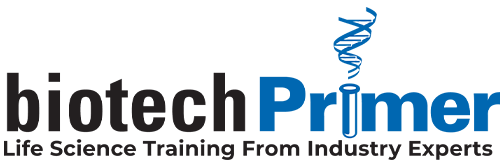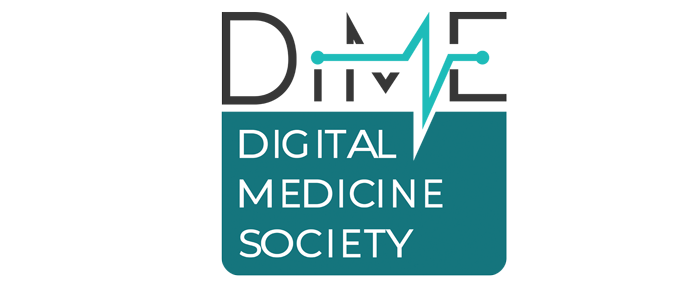BIO Professional Development
Through a curated network of education alliance partners, BIO offers industry professionals executive training and development resources for accelerating career growth
Preclinical Development Primer 201
Preclinical Development Primer 201 builds upon the established knowledge in Preclinical
Development Primer 101, utilizing real-world examples and case studies to delve deep into the
specific tests and data required to file a successful Investigational New Drug (IND) application. The
class focuses first on efficacy, centered around pharmacology studies, including binding and potency
assays, and second on safety, including ADME, HERG, DART, PK/PD, mutagenicity, and carcinogenicity
testing. This primer examines each preclinical test's goals and outcomes, evaluating data results
to determine therapeutic margin, side effects, and optimal drug concentration. Finally, the class
describes the workflow, timeline, and standards for validating and qualifying these tests. Don't miss
this opportunity to understand preclinical developments. secure your spot today!

Takeaways
- State the FDA criteria necessary to support first-in-human clinical trials.
- List the required pharmacology assays, explain their purposes, and outline the criteria to move the candidate drug onto clinical trials.
- Analyze dose-response curves to estimate clinical starting dose levels.
- Name the required toxicology assays, list their purposes, and state the criteria to move the candidate drug onto clinical trials.
- Evaluate tissue culture and animal testing data to assess the drug candidate's impact on safety

Certificate Requirements
Complete the course quiz with a passing score of 75% or higher


